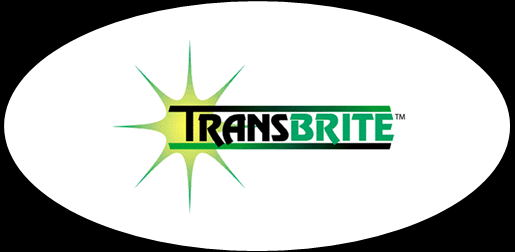Ultrasonic cleaning is primarily an aqueous tank system that uses ultrasonic energy to remove dirt, grease, oil, and baked-on carbon from parts. Contaminants such as paint, rust, glued-on gaskets, and heavy layers of bakedon carbon can also be removed by ultrasonic cleaning but require more aggressive chemistries. Unlike some other cleaning processes, ultrasonic cleaning will not damage intricate, lightweight, or easily damaged parts. Parts that have a tendency to tightly nest will shadow each other, reducing cleaning efficiency.
How it Works
Ultrasonic cleaning works by producing sound waves in liquids. The waves consist of both high- and low-pressure fronts. The low-pressure fronts are small enough to cause bubbles to form. The high-pressure fronts cause the bubbles to collapse. The expanding and collapsing bubbles loosen contaminants on the part surface and the chemical cleaners either dissolve or segregate the free contaminants.
As with sound waves in air, ultrasonic sound waves can be varied by both frequency (pitch) and amplitude (power). Higher frequencies will produce smaller bubbles and lower frequencies will produce larger bubbles. Larger bubbles will typically dislodge large particles and smaller bubbles small particles. Typical industrial systems are either 25 KHz or 40 KHz, which can handle the particle sizes in the range of normal automotive cleaning. Ultrasonic cleaning systems with a much higher frequency are used in the computer industry where tiny particles need to be removed.
Environment, Health and Safety
The ultrasonic process is well suited to aqueous cleaners. As such, it provides an environmentally friendly alternative to mineral spirit cleaners and chlorinated hydrocarbons. Aqueous cleaners are also safer for workers by eliminating flammable solvents and the health risks associated with chlorinated hydrocarbons. Some of the more aggressive aqueous chemistries used in ultrasonic cleaning equipment are either strongly acidic or strongly basic, which have their own health risks. There are many very good neutral pH or near neutral pH chemistries that do an excellent job of cleaning greasy and dirty parts. From an environmental perspective, it is preferable to avoid chemistries that contain metal chelating agents because of the difficulty in treating the wastewater to remove the metals.
Advantages of Ultrasonics
- Able to clean delicate parts without damage
- Able to clean small apertures, blind holes, and crevices
- Able to clean sensitive parts (wiring, plastics) with relatively mild chemistries
- Does not require line-of-sight for effective cleaning
Disadvantages of Ultrasonics
- It is a batch process
- Large loads are not cleaned as quickly as small loads due to energy absorption
- Large heavy parts can “shadow” each other or themselves resulting in poor cleaning
- Extremely thick layers of grease, and grease mixed with dirt, are slow to remove
© National Center for Remanufacturing & Resource Recovery. 2001, 2002, 2005.

